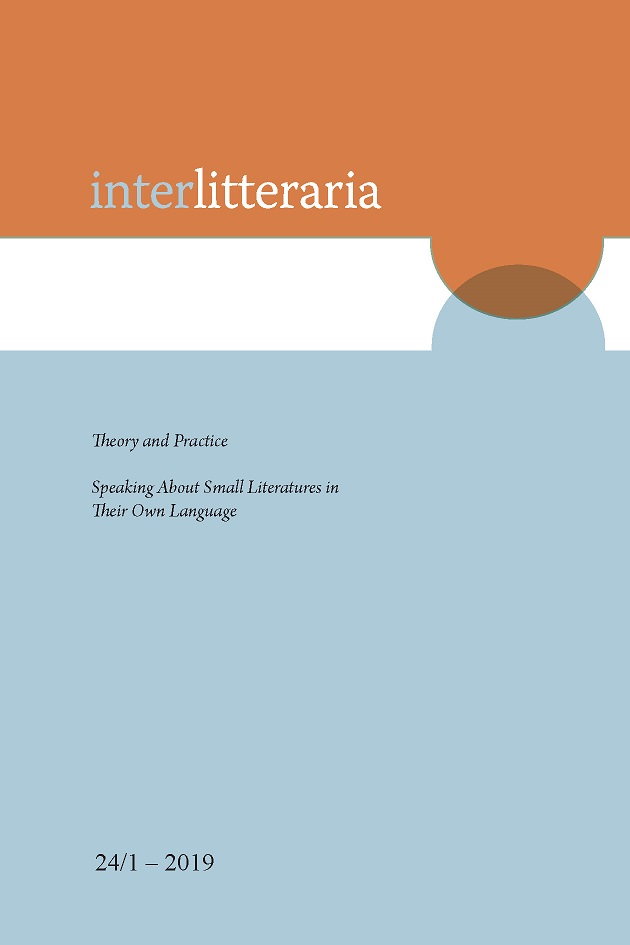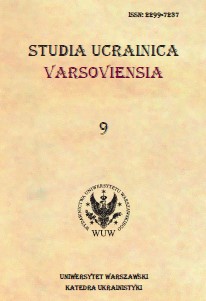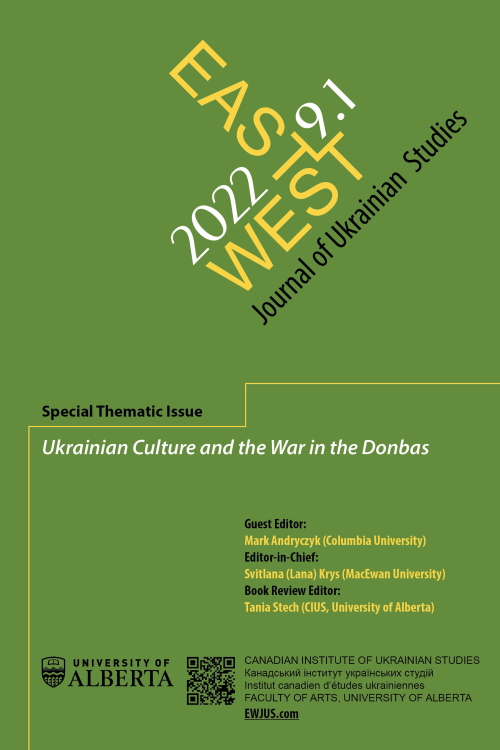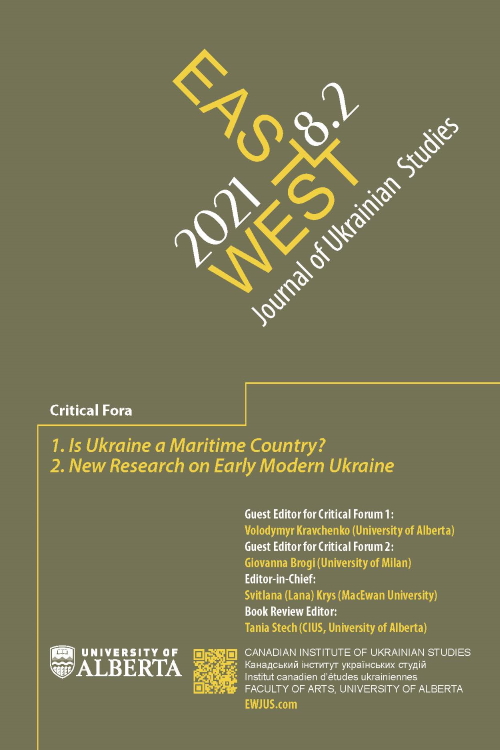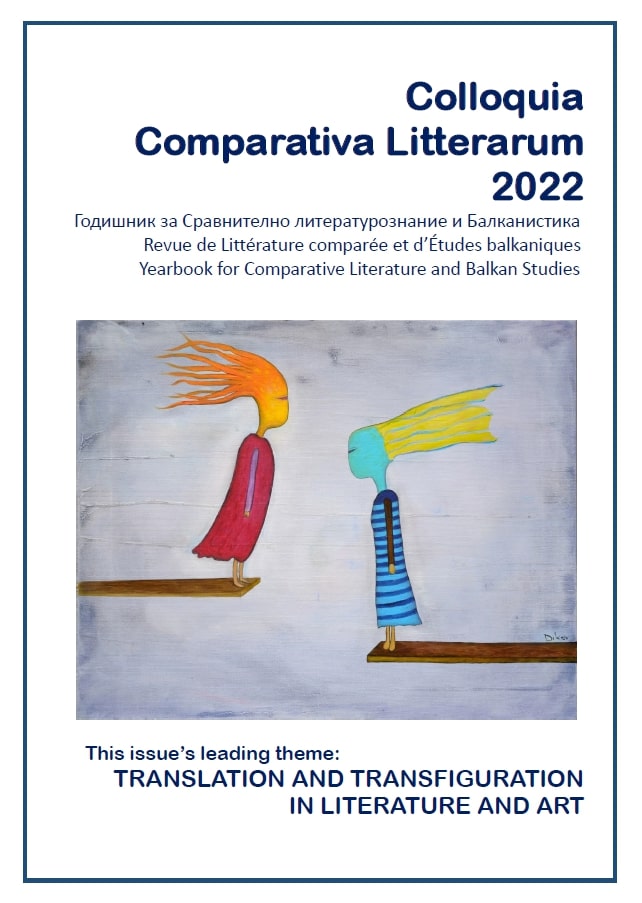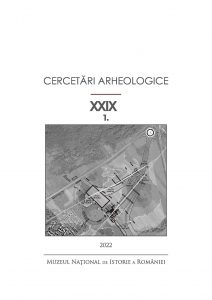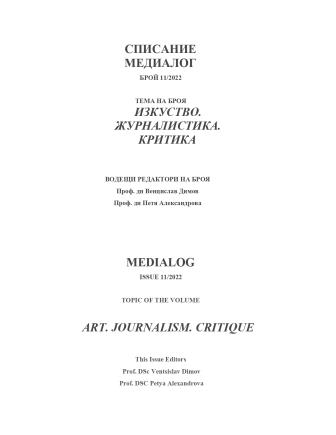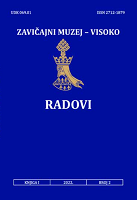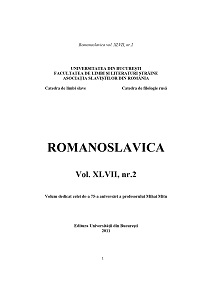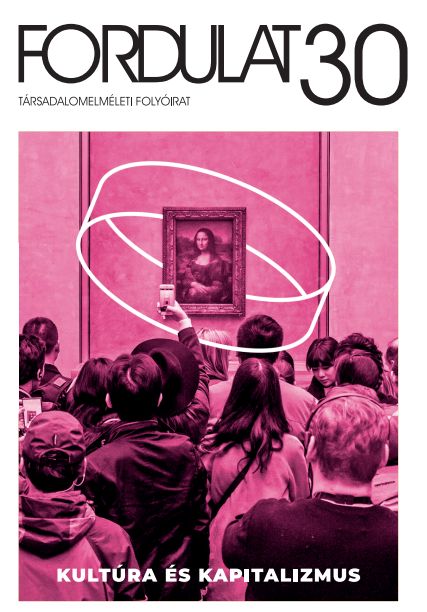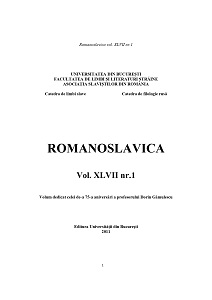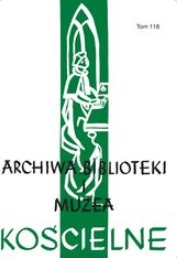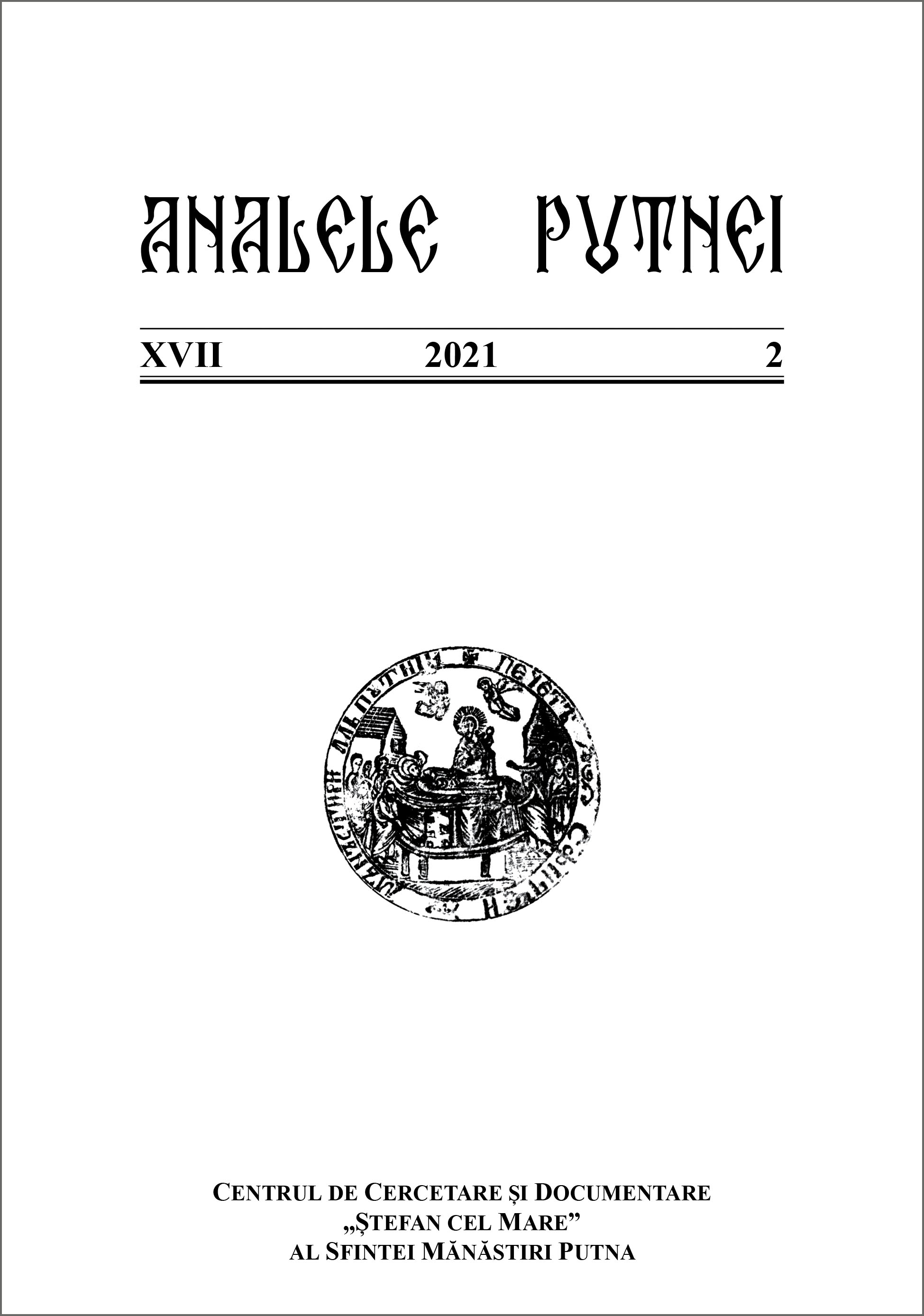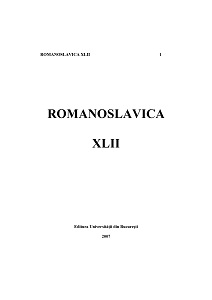Author(s): Zheng Shaomin / Language(s): English
Issue: 1/2019
The main characteristics of the post-modern culture such as counterculture, non-conformism, virtualization, fragmentation, mass culture, business culture and irrationalism etc., decide the post-modernity of visual culture. “Film”, as an indispensable element of visual culture, has a narrative ethics that can be used for an interpretation of ethical orientation and ethical values in post-modern visual culture. This article, by comparing “Diors image” in Chinese Diors series with “loser image” in western loser series, the typical post-modern visual image, takes the post-modern context as the focal point and makes a further study of “Diors culture” or “loser culture”, which is formed in the phenomenon of post-modern culture, and thus explores narrative ethics and ethical values in post-modern visual culture.The main characteristics of the post-modern culture such as counterculture, non-conformism, virtualization, fragmentation, mass culture, business culture and irrationalism etc., decide the post-modernity of visual culture. “Film”, as an indispensable element of visual culture, has a narrative ethics that can be used for an interpretation of ethical orientation and ethical values in post-modern visual culture. This article, by comparing “Diors image” in Chinese Diors series with “loser image” in western loser series, the typical post-modern visual image, takes the post-modern context as the focal point and makes a further study of “Diors culture” or “loser culture”, which is formed in the phenomenon of post-modern culture, and thus explores narrative ethics and ethical values in post-modern visual culture.The main characteristics of the post-modern culture such as counterculture, non-conformism, virtualization, fragmentation, mass culture, business culture and irrationalism etc., decide the post-modernity of visual culture. “Film”, as an indispensable element of visual culture, has a narrative ethics that can be used for an interpretation of ethical orientation and ethical values in post-modern visual culture. This article, by comparing “Diors image” in Chinese Diors series with “loser image” in western loser series, the typical post-modern visual image, takes the post-modern context as the focal point and makes a further study of “Diors culture” or “loser culture”, which is formed in the phenomenon of post-modern culture, and thus explores narrative ethics and ethical values in post-modern visual culture.
More...

